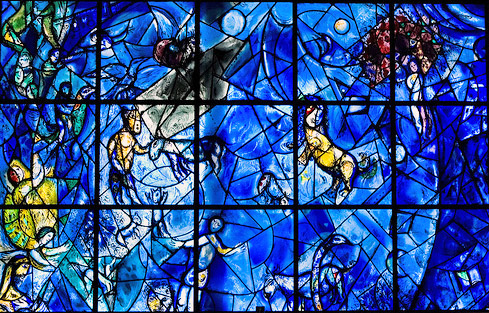![]()
The United Nations, created in the aftermath of World War II on the insistence of President Franklin Roosevelt (1882-1945), was intended to prevent war as the League of Nations, created after World War I on the insistence of President Woodrow Wilson (1856-1924), had not been able to do. The UN has played an increasingly prominent role in world affairs since its creation. Ever since the U. N.'s dramatic intervention in the war in Korea in 1950, the UN has taken upon itself the task of intervention whenever possible to avoid a major conflict. That has been done successfully some times, and not so successfully other times.
The Universal Declaration of Human Rights was written with the influential support of Eleanor Roosevelt, the former first lady of the United States, and adopted on 10 December 1948 by the General Assembly of the United Nations, the culmination of a three-year process of sometimes contentious debate to develop and issue a statement on human rights. An initial version of a declaration had been introduced at the very first meeting of the General Assembly, but the final version required over three years of difficult negotiation. To pursue the matter, the UN Economic and Social Council established the Commission on Human Rights in June 1946 with Eleanor Roosevelt as the chairperson. In June 1948, the Commission sent a draft resolution and report to the Economic and Social Council. After further comment, the Council then sent the draft to the General Assembly. Further months of debate culminated on the evening of 10 December 1948, when the Universal Declaration was adopted by a vote of forty-eight nations for, eight abstained (the Soviet bloc, South Africa and Saudi Arabia) and two absent.
Although the Declaration does not have the force of international law, it does establish international norms for governments to follow in preserving the rights of citizens. See the U.N. home page on the Declaration of Rights. You might also wish to look at these.
- some more background information on the Declaration
- Wikipedia entry on the Declaration
- I also have some comments on human rights for my History of the World since 1945 course.
- Peter Bailey's The Creation of the Universal Declaration of Human Rights
- Nelson Stewart's excellent Prezi on the Universal Declaration
- Information from Amnesty International
- Remembering India’s Contributions to the Universal Declaration of Human Rights
- There is quite a bit of information that you can find with a quick web search.
